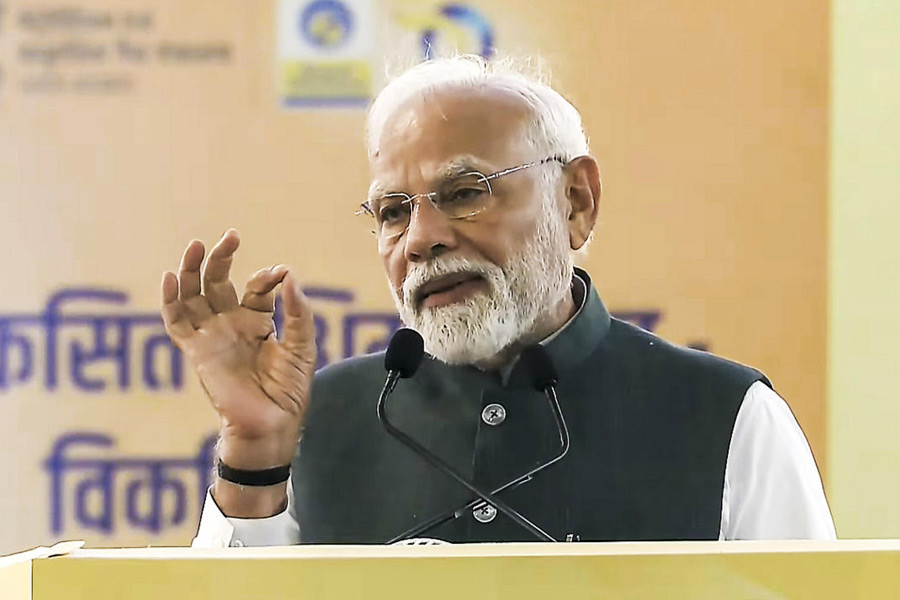New Delhi, April 4: Scientists have developed a computational technique to interpret the visual imagery experienced by a sleeping person in what they say is an effort to build a dream-reading machine.
Japanese researchers announced today that they had combined functional magnetic resonance imaging (fMRI) scans of the brain and computer software to predict, albeit with limitations, what a sleeping person is dreaming.
Their findings, published today in the US journal Science, suggest that specific contents of the visual experience during sleep may be decoded via a computer program into words that describe the imagery.
Yukiyasu Kamitani and his colleagues at the ATR Computational Neuroscience Laboratories in Kyoto developed a program that learnt associations between the dream imagery and the activity in the visual cortex (the region of the brain processing images) observed via MRI. Then, the program was used to analyse MRI activity during sleep and predict the images being dreamed.
“We were able to reveal some of the dream contents from the brain activity during sleep,” Masako Tamaki, a member of the research team now at Brown University in the US, told The Telegraph.
She said examples of the imagery decoded by the computer program include “houses, humans, cars, and streets”. But the scientists added that the decoding was not accurate each time.
“Our analysis may be able to relate spontaneous brain activity to waking experiences, which may provide useful interpretations,” Kamitani, the neuroscientist who led the research, told this newspaper.
He believes that studies to interpret spontaneous brain activity through fMRI might have applications in efforts to determine whether people in coma or other brain disorders and unable to communicate are dreaming.
In one experiment, the researchers classified the imagery of dreams into two categories and asked participants whether they had dreamed one or the other of two classes of images.
Among 405 image pairs, the computer correctly classified over 130. In another experiment, the computer correctly predicted the presence or the absence of 18 visual categories from a set of 60.
“This may be useful in efforts to understand the function of dreaming that has long been under debate,” Kamitani said.
“This is interesting because imagery in dreams is created in the absence of a visual stimulus and is therefore distinct from visual perception,” said Nandini Chatterjee, a neuroscientist at the National Brain Research Centre, Manesar, who was not associated with the Japanese project.
“However, there appears some way they have confirmed that visual perception and visual imagery have a common neural substrate,” she told this newspaper.
The Japanese effort isn’t the first attempt at interpreting spontaneous brain activity. Two years ago, researchers in the US had shown that it might be possible to decode a person’s visual experiences ---- again with limitations.
A team led by Jack Gallant at the University of California, Berkeley, had shown that fMRI and computational models could be used to reconstruct clips of movies that people had already watched.
Gallant, who had published his work in the research journal Current Biology, had described his study’s results as “a major leap towards reconstructing internal imagery”.










